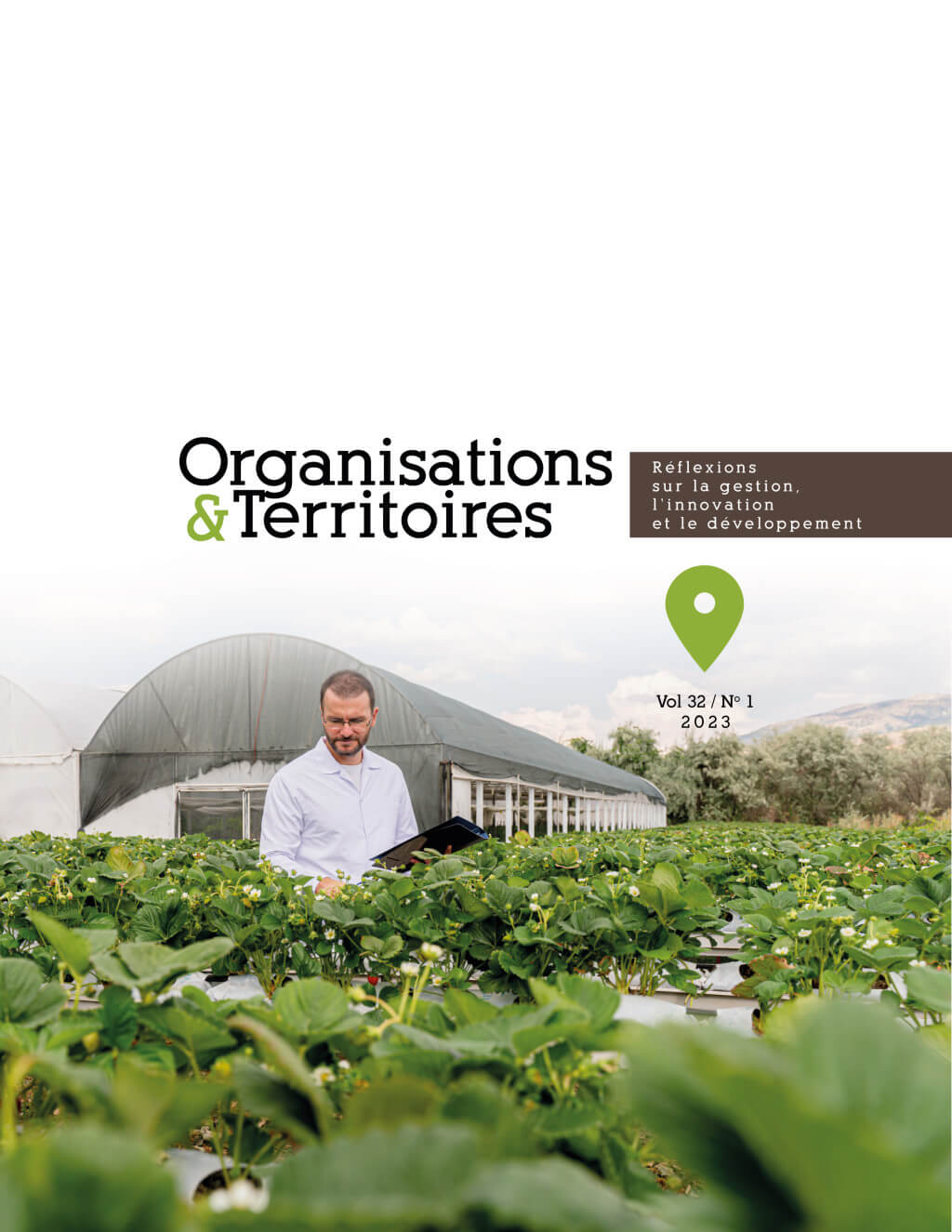Les fermes en circuits courts alimentaires au Québec : état des lieux, perspectives et défis
DOI:
https://doi.org/10.1522/revueot.v32n1.1550Keywords:
Short food supply chains, direct marketing, international food channels, local food systems, Québec (Province)Abstract
Short food supply chains are of great interest because they highlight the emergence of an agricultural system that is less industrial, is geographically embedded, and provides food for local communities. In this article, we examine the economic, social, and spatial importance of such supply chains in Quebec today. While still representing a small share of the total food supply and demand, short food supply chains, nevertheless, play an important role in establishing new farmers. Contrary to expectations, farms that market through these channels are not only found in peri-urban areas, but are spread across all regions of Quebec and have even contributed significantly to the re-emergence of agriculture in so-called remote regions. However, keeping such farms afloat is a daily struggle. Although viewed as instrumental in spearheading the socioecological transition in agriculture, farms within short food supply chains continue to face many challenges that limit their ability to offer practical alternatives to consumers. Overcoming these challenges is not only the responsibility of farmers who choose this marketing path. Consumers, communities, and the State, each in their way, can do their part to support the development of such farms.



